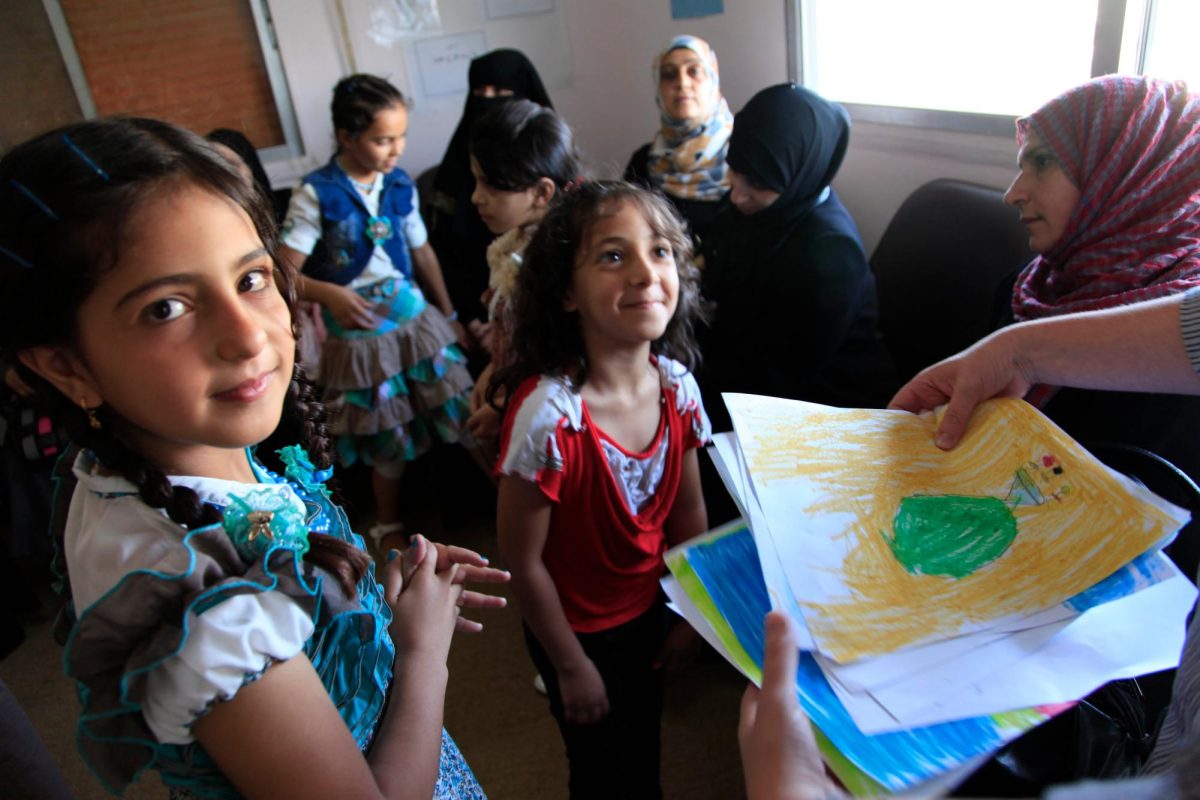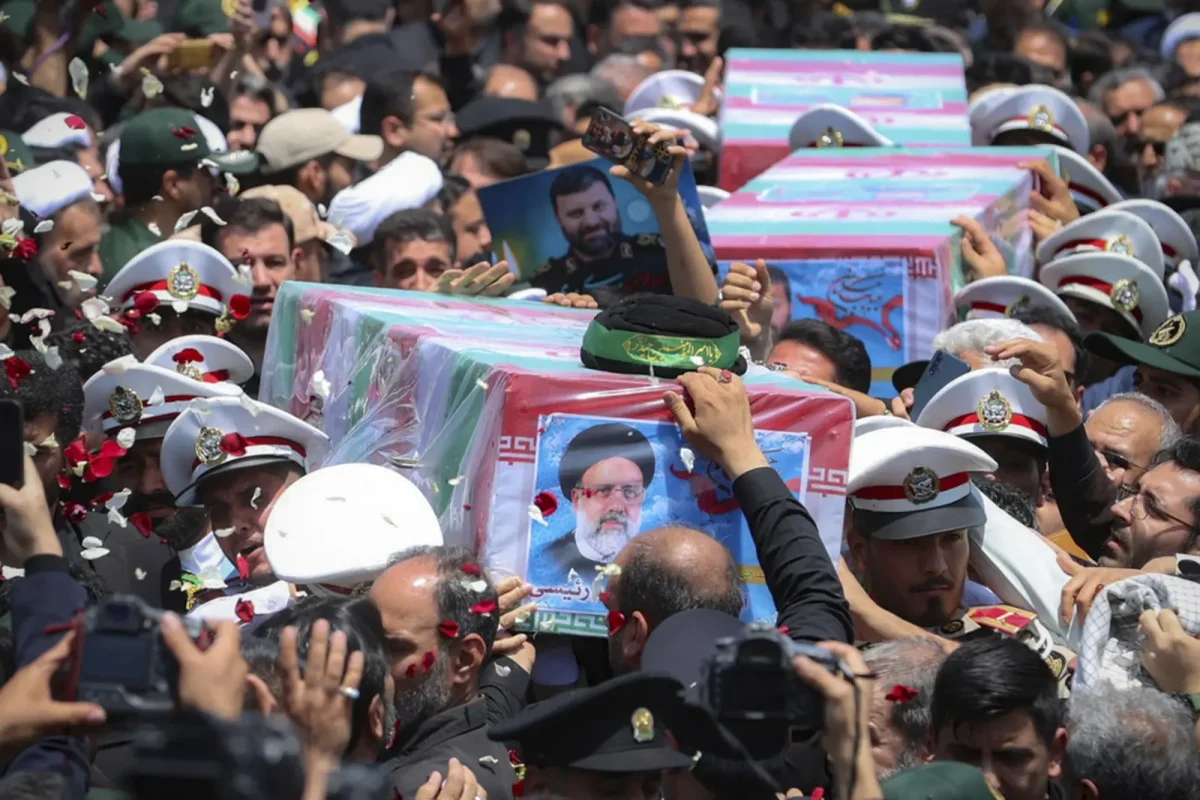After erupting in 2011, the Syrian Civil War finally begins to dissipate more than a decade later, yet Syrians now face the challenge of reintegration. The nation remains the largest source of displaced people worldwide, accounting for around 10% of the global displacement population, or over 12 million, according to the United Nations High Commissioner for Refugees (UNHCR)—more than half of the country’s pre-war population. Of these, approximately 6.8 million people live outside of Syria, whereas another 6.7 million face internal displacement.
In Turkiye, the nation with the most Syrian refugees, thousands flock to the Syrian border following Bashar al-Assad’s overthrow from government. In contrast, European nations such as Germany, the United Kingdom, and Italy temporarily paused taking asylum requests from Syrian nationals. Austria plans to prepare a program to repatriate about 40,000 Syrians who received asylum there. Although there is hope for Syrians to return home, Syria still requires massive reconstruction for voluntary transportation due to the decades-long destruction and devastation from the prior conflict. Turkiye, alongside the European Union (EU), continues to negotiate the details of a reconstruction program. An assessment from the World Bank in 2023 estimated $8.7-11.4 billion worth of damage across the assessed major cities and sectors; hence, Syria requires thorough negotiations and assistance to restore its former infrastructure.
However, as many begin to migrate back to Syria, some continue to flee. At mass, Assad loyalists evacuate the regime change in Syria, opting to cross the North Arabian Desert into Iraq. Although seemingly harmless, Syria’s spillover shares parallels with Iraq’s spillover following the death of Saddam Hussein, spillover that led to regrouping and eventual formation of ISIS. Likewise, Assad loyalists have the expertise and connections to potentially recruit, train, and reform militant groups in the region. ISIS set the precedent proving that those from a fallen government can come together, grow in power, and undo regional stability. Additionally, the Assad loyalists raise a humanitarian issue as multiple videos show them abandoning their military clothes and guns at the border between Syria and Iraq to wear civilian clothes. Some may attempt to forge a new life, but others could instead transfer the instability to Iraq. Hence, continued collaboration and negotiations between not only Iraq and Syria, but also the broader Middle East and the EU are imperative to keep conflict at bay. The United States already stands as Syria’s greatest donor, providing over $12.2 billion towards humanitarian aid, and additional support from the Middle East and the EU is vital for Syria’s reconstruction so that all displaced peoples can return to normalcy.
Categories:
Syrian Refugees: Reintegration
Amanial Ftwi, Editor in Chief
May 6, 2025
Refugee Reintegration. Syrian refugees at a clinic in Ramtha, Northern Jordan (Taken by Russell Watkins/Department for International Development for Creative Commons License).
0
More to Discover
About the Contributor

Amanial Ftwi, Editor in Chief
Amanial Ftwi is a senior a Sierra Vista High School. This is his third year of journalism with a guest reporter feature published his freshman year. Amanial enjoys writing stories about geopolitics and opinionated pieces. Additionally, Amanial is from Tigray and does photography as well as videography on his leisurely time.































